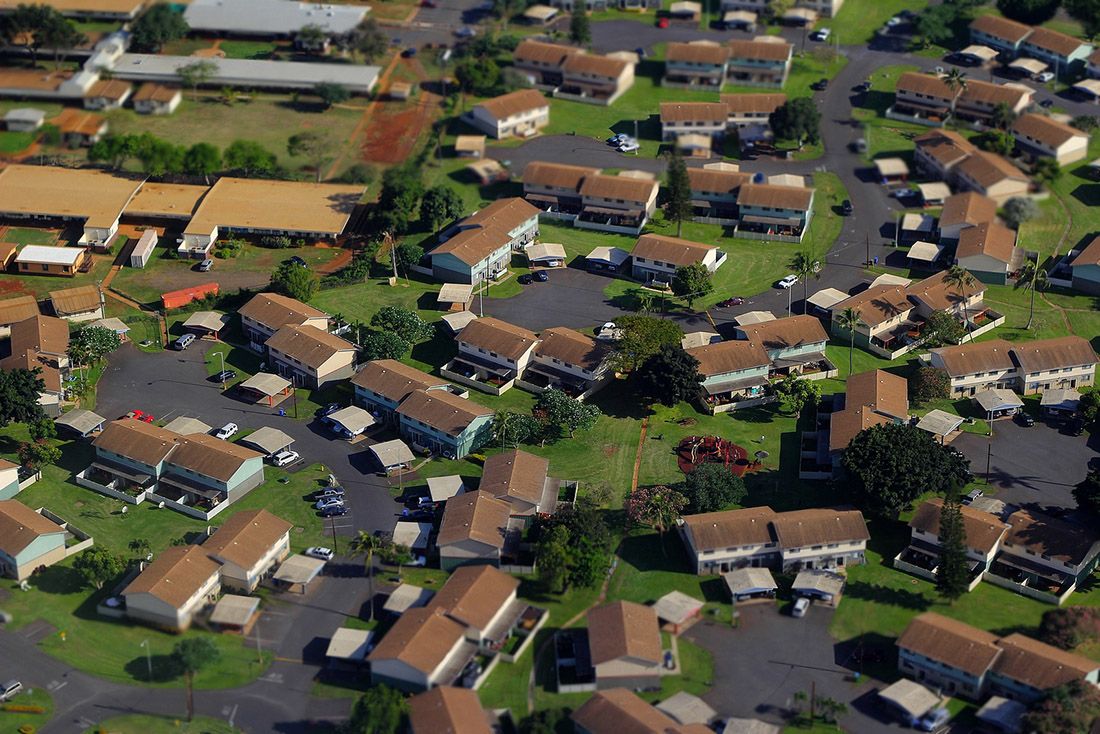
The Wall Street Journal had an article today talking about the plight of people with six-figures unable to rent in cities like New York, San Francisco, and Cambridge, Massachusetts. Simply put, rents have increased far faster than incomes (in many cases, by more than 2:1), and that means that access to these cities is increasingly limited to an extremely small fraction of the population.
We have heard about lowering the rents, and programs like the one featured in the WSJ article that involve middle-class lottery allocations of rent-stabilized apartments.
Yet, we never really hear about the need for a much more radical approach: to simply do whatever it takes to drive costs of housing down to $1,000 for a one bedroom in rent, and $100,000 for ownership.
To make that happen of course would require that rents decrease in Cambridge by 64%, and in other places by an even higher percentage.
It sounds impossible, but I believe there is a mathematical case to be made that not only is it possible, it is eminently doable (of course, not without plenty of people opposed to any change in our current system).
How do we get there? Here are some ideas:
- The largest single cost to housing today is construction. Why is construction so expensive? Many reasons: high labor costs, the fact that U.S. housing is often custom-designed (particularly inside cities), building codes have gotten more complicated, cities often require developers to put up incentives like road and sidewalk improvements as part of the permitting process, etc. etc.
To get costs lower, we need to work harder on standardizing large building construction, simplifying designs and materials, and increasing research spending on improving construction efficiency (drones, automation, etc.)
-
We need to limit the extent of land use controls and historical preservation districts inside cities. As the White House recently noted, such controls vastly limit the growth of cities, preventing the housing stock from increasing in line with the city's population. There is a real opportunity to bring the focus back on affordable housing, rather than purely aesthetic considerations.
-
We need to expand the number of cities in America with good public transit, interesting cultural amenities, and vibrant economies. The U.S. cannot subsist on a handful of major cities to be the sole innovation drivers this century. Ideally, we could develop 25-50 cities in the country to have the same level of interest as an SF or a Boston. This would help redirect some of the supply problems currently experienced in these cities.
-
While housing supply is one side of the equation, specific public policies need to be put in place to prevent housing from being held more as an asset rather than shelter (i.e. the demand side of the equation). This might involve the use of a differentiated land use tax, like what Cambridge currently has but sort of limits (the first couple of hundred thousand of a property aren't taxed if the unit is owner-occupied). Expanding these discounts for the first unit held by anyone could help to limit the assetization of housing.
These are some initial thoughts, and I am sure there are plenty of more (if you have ideas, place them in the comments!). But it's time to realize that $3000 rent is not normal, and needs to change rapidly if we are going to have the next generation find a path from renting to ownership. $1000 for a median rent doesn't have to be a dream, but rather can be a public policy choice. We just have to prioritize it.
Image by Rachel Elaine used under Creative Commons.